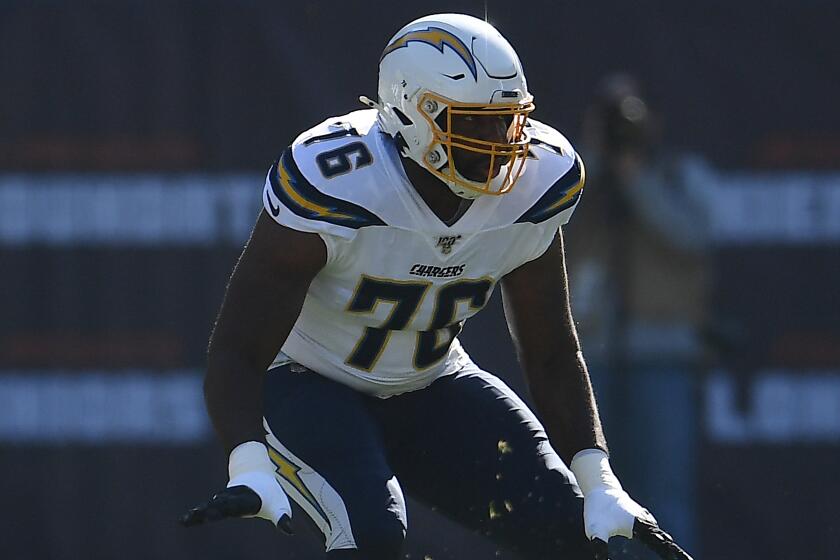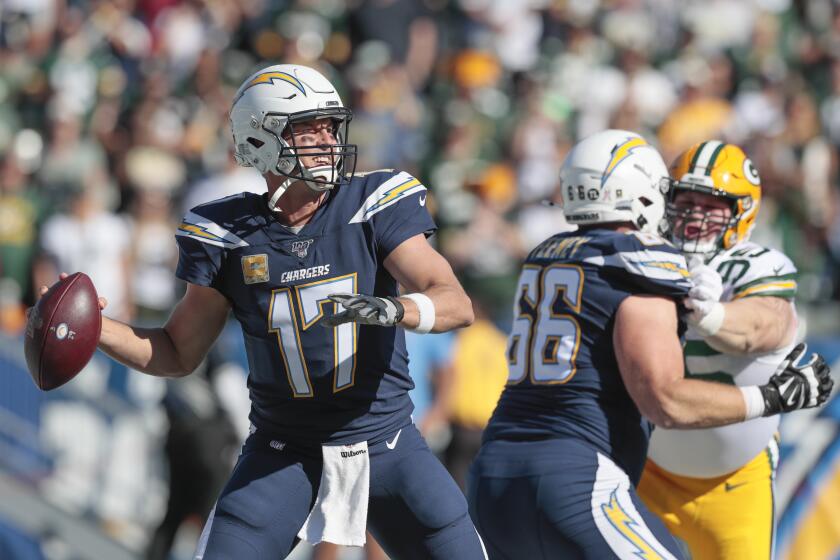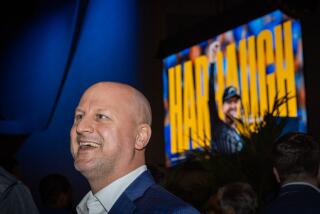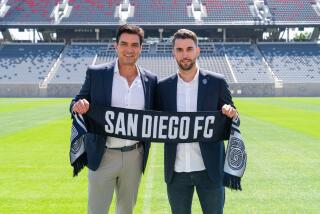Column: Five ways the Chargers can succeed in L.A. (spoiler alert: Kobe’s involved)
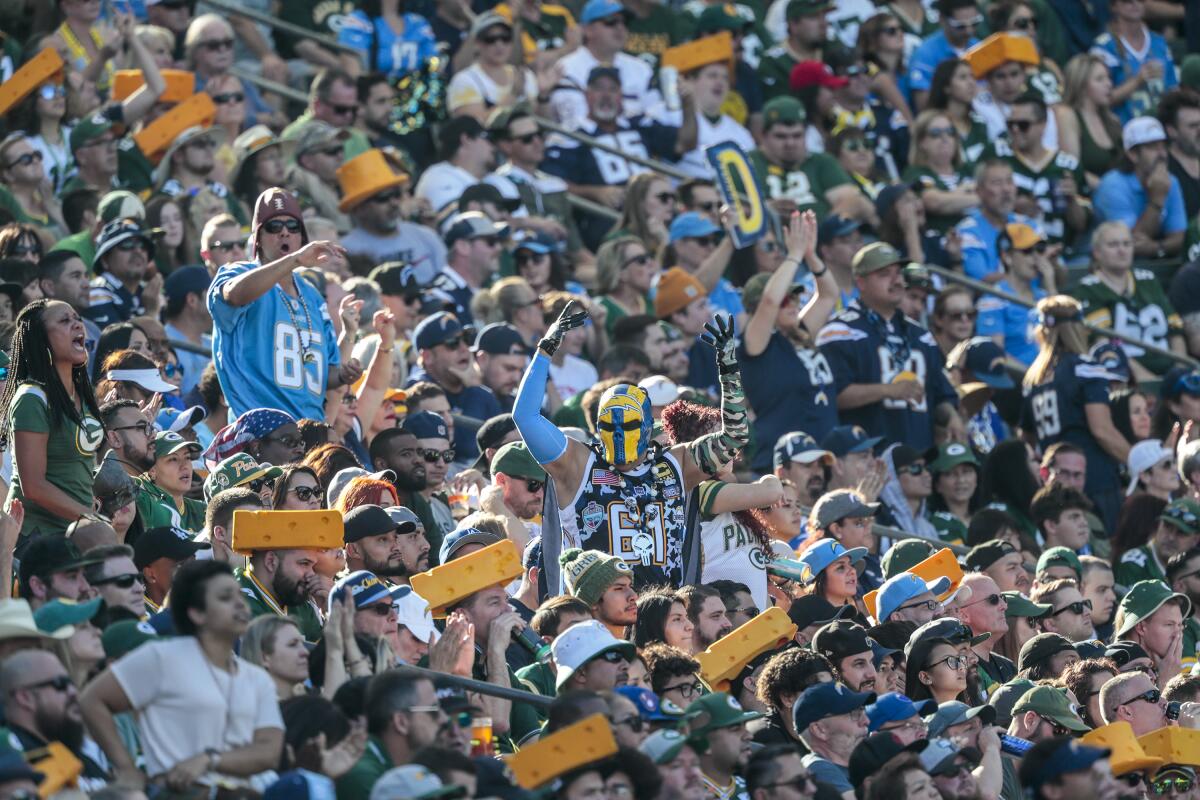
- Share via
The Chargers are not moving to London.
Dean Spanos did his best profanity-laced impersonation of Leonardo DiCaprio from “Wolf of Wall Street” Tuesday as he shot down an internet report that it could happen. The team’s official social media accounts actually posted the famous “I’m not leaving” scene, complete with middle fingers and bleeped-out expletives.
As far as denials go, that’s about as emphatic as you’re going to get. It’s no surprise. London isn’t the answer to the Chargers’ problems in Los Angeles.
The Chargers are the second pro football team in L.A. In London, they would by 14th — behind the 13 professional soccer clubs that call the city home. They might actually be lower on the totem pole if you include the dozens of semi-professional clubs and hundreds of amateur clubs there. NFL games in London are a well-attended novelty. American football is a niche sport. You’d be hard-pressed to walk into a pub or pick up a newspaper during the season and see any mention of the NFL.
It makes sense, considering the league’s biggest games — on Sunday, Monday and Thursday nights — kick off around 1:20 a.m. the following morning in London.
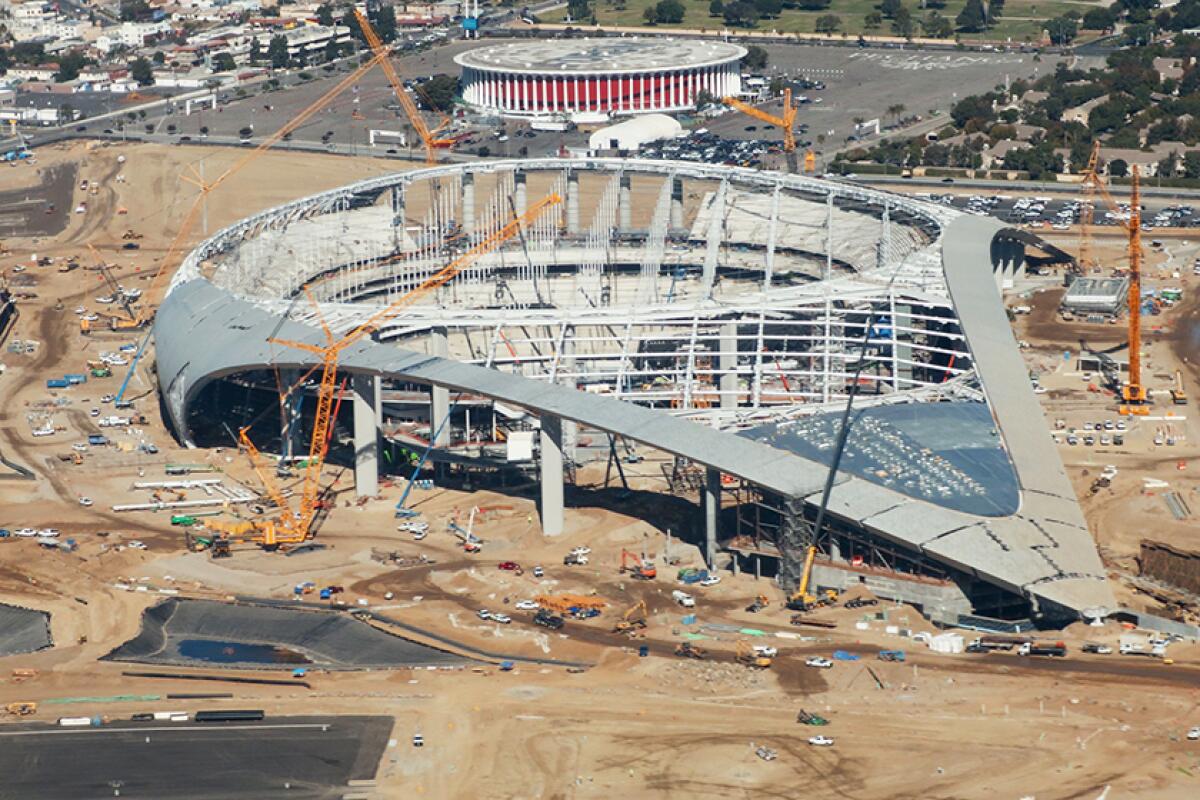
The Chargers didn’t move from San Diego to Los Angeles hoping to reverse the trend of opposing fan takeovers. They moved to Los Angeles so they could play in a brand new $5-billion stadium in the country’s second-biggest media market. They’re not going to pull the plug on that months before the stadium opens.
But, although the Chargers are committed to staying in Los Angeles for the foreseeable future, that doesn’t solve their problems here. It’s going to be an uphill battle to win their self-described Fight for L.A., but here’s my five-step plan to give them a fighting chance.
1. Return (sort of) the Chargers to San Diego
Unless San Diego can privately finance a multibillion-dollar NFL stadium, the Chargers (or any other team for that matter) will not move there. When the Raiders and Rams left L.A. 25 years ago, it was because they were playing in outdated stadiums and the public had no interest in paying for new ones. Franchise relocations are almost always about financing stadiums, not the lack of fans in the stadium. Publicly financed stadiums don’t get much traction among voters in California. Los Angeles has known about that for years, and San Diego and Oakland learned the hard way. The only way the NFL was going to return to Los Angeles was if an NFL owner wanted to move here so badly he would finance the stadium himself. That’s exactly what happened.
Russell Okung’s return to the Chargers comes at a time when the team is finally starting to get healthy after a plague of early-season injuries.
This is about returning the Chargers’ name, logo, colors, history, playing records, trophies and memorabilia to San Diego in an agreement similar to what the Browns made with Cleveland when they moved to Baltimore and became the Ravens. At the end of this season, Spanos should announce the 60-year history of the Chargers — including the first season and last three seasons in Los Angeles — belongs in San Diego and if the NFL ever returns a team to the city it can take the Chargers’ name and history.
2. Create a name, logo and brand authentic to L.A.
The Chargers’ name, logo and colors will always be synonymous with San Diego. A third Major League Baseball team would have a hard time gaining traction in L.A., but it would be a guaranteed failure if the San Diego Padres attempted to become the L.A. Padres. They would have zero chance at succeeding in a market that has only viewed them as the enemy for 50 years. Casual football fans here would be much more inclined to support the equivalent of an expansion team born in the city rather than supporting a team they feel belongs in San Diego.
The Chargers like hanging their hat on the one AFL season the team played in L.A. in 1960, before moving to San Diego. If they want to stick with history, they can reboot the Dons, the name of L.A.’s first professional football team.
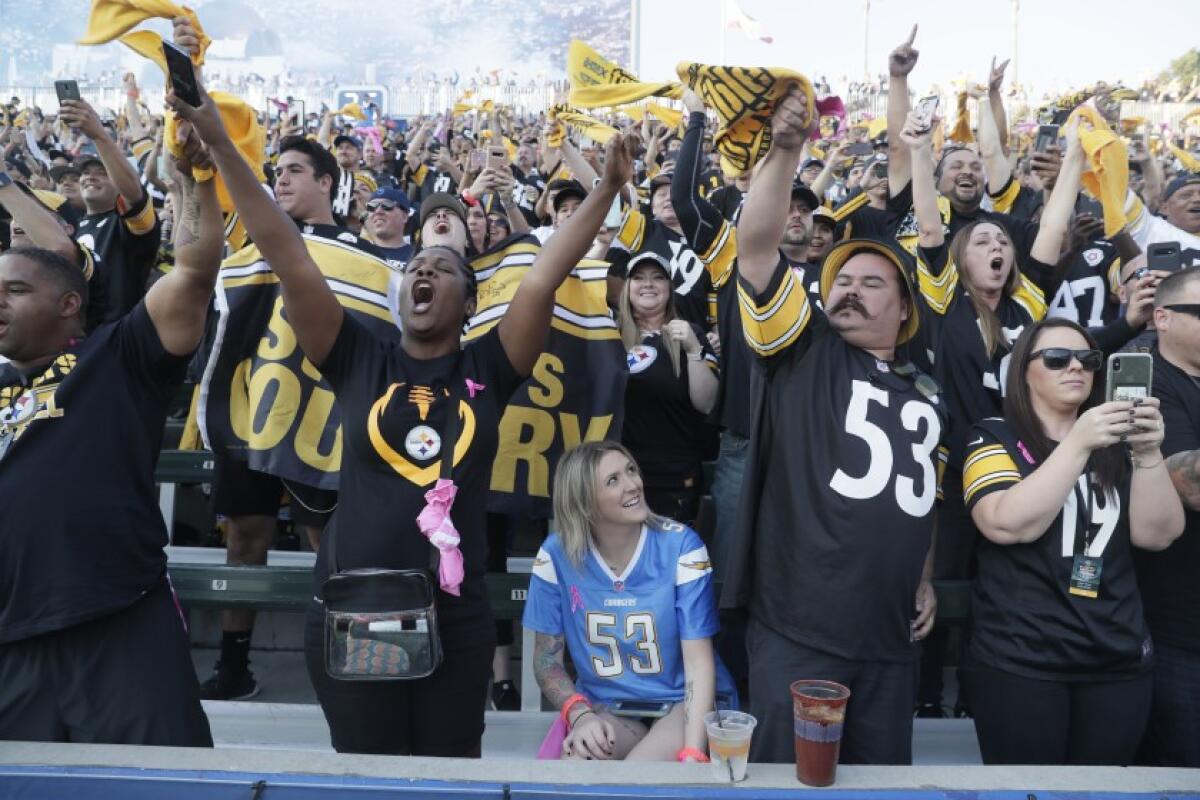
3. Develop a supporters’ section at SoFi Stadium
The Chargers do have fans. I’ve seen them tailgating before games on Thunder Alley, packing the Santa Monica Pier on draft night and representing a healthy percentage of the crowd at the Coliseum when the Chargers played the Rams last season. The problem is, they’re spread out and don’t have an identifiable supporters’ section like the Black Hole in Oakland or the Dawg Pound in Cleveland.
The first thing the newly named NFL team in L.A. should do is help form an independent supporters’ union similar to LAFC’s 3252 and dedicate a section at the new stadium to them. At the very least, camera crews won’t have to scour the crowd for a shot of home fans.
4. Build the team’s headquarters in Los Angeles
The Chargers train in Costa Mesa. Depending on the time of day, driving from San Diego to Costa Mesa could be a shorter commute than driving from Costa Mesa to Los Angeles. There’s nothing about the team’s Orange County headquarters that is helping it integrate into the fabric of L.A. Not only do they need to move closer to Los Angeles, but they also need to make sure their facilities can be utilized by local youth organizations in the offseason and invite those same people to games and practices during the season.
The Chargers are excited to play the Oakland Raiders after their upset win over the Green Bay Packers, even if it comes on short rest in a Thursday night game.
5. Recruit Kobe Bryant to be a part-owner
This might seem out of left field, but Kobe Inc. is located next to the Chargers’ headquarters in Costa Mesa. Bryant’s office is down the hall from where Anthony Lynn addresses the media. Although Bryant has addressed the team before, Spanos should sell Bryant a small piece of the team and view it as an investment in the market. Jay-Z was viewed as the face of the Brooklyn Nets but only controlled 1/15th of 1% of the team. No one in the Chargers’ front office or ownership group speaks to Los Angeles, and Bryant could be the face of the franchise that helps them make inroads in a market that still views them as outsiders.
More to Read
Go beyond the scoreboard
Get the latest on L.A.'s teams in the daily Sports Report newsletter.
You may occasionally receive promotional content from the Los Angeles Times.
